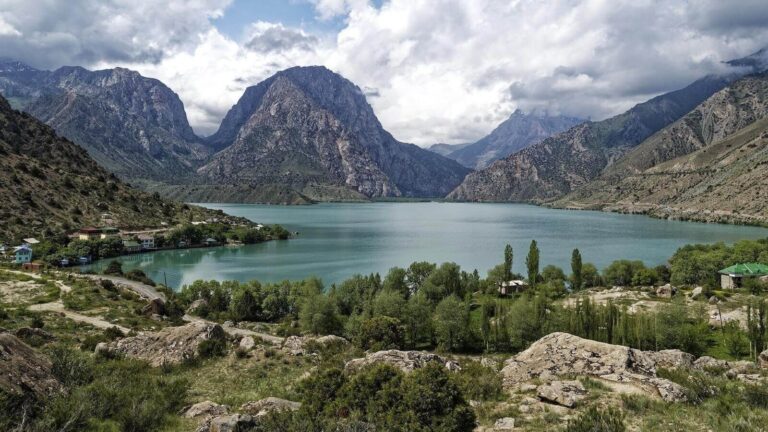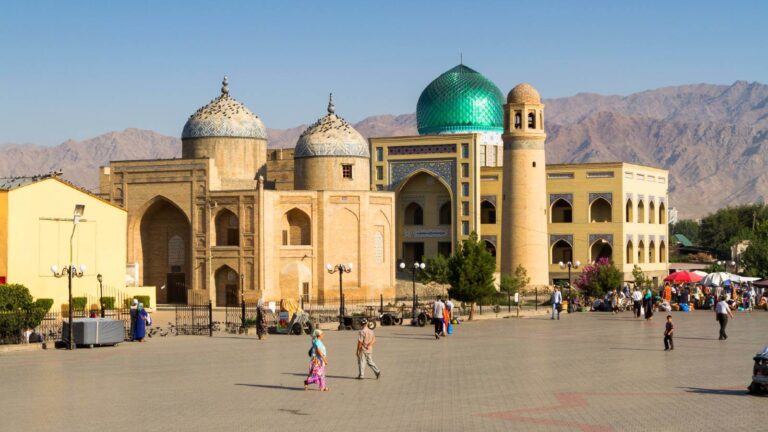Getting There
Khujand is well-connected to both Dushanbe and Tashkent by road, and there’s also a rail link to Samarkand. The museum is centrally located, within easy walking distance of the bus and train stations.
What to Expect
Khujand Historical Museum is housed within Khujand Fortress, which was restored in 1999. It abuts the city wall and overlooks the Syr Darya (known in antiquity as the Jaxartes), Khujand’s most important features. The museum’s displays tell the history of Sughd from prehistoric times to the present day. There is an emphasis on the life of Alexander the Great, which is illustrated with a series of modern mosaics made from fragments of marble, and the panels depicting battle scenes are particularly detailed.
History
The city of Khujand was founded at least 2,500 years ago: it was probably the city of Cyropolis, founded by Cyrus the Great; and then Alexandria Eschate (“Alexandria The Furthest”), so named by Alexander the Great. There was certainly a Hellenistic influence in Khujand as late as 30 BC. Archaeologists believe that the oldest parts of Khujand Fortress date from 5th to 4th century BC, though it has been rebuilt many times, most notably after its destruction by Genghis Khan.



